Bird Feeder Setup & Placement: A Comprehensive Guide
Setting up bird feeders in your yard is an excellent way to attract a variety of birds, bringing the beauty of nature right to your doorstep. However, the success of your bird-feeding efforts depends on the type of feeders you choose and how and where you set them up. Proper setup and placement can maximize the number and diversity of birds that visit, while also protecting them from predators and ensuring that your feeders are easy to maintain. In this comprehensive guide, we’ll explore the best practices for bird feeder setup and placement to help you create a thriving bird-friendly environment.
Table of Contents
Understanding Different Types of Bird Feeders
Before diving into setup and placement, it’s essential to understand the different types of bird feeders available, as each is designed for specific bird species and seed types.

Hopper Feeders: These feeders have a central reservoir that holds the seeds, which are dispensed through gravity onto a tray at the bottom. Hopper feeders attract a wide variety of birds, including sparrows, finches, and cardinals. They are versatile and provide a consistent supply of seeds, but they should be cleaned regularly to prevent mold.
Tube Feeders: Tube feeders are cylindrical and have multiple feeding ports. They are ideal for small birds like finches and chickadees. Some tube feeders, such as Nyjer or sunflower seeds, are designed for specific seeds. These feeders are excellent for targeting particular bird species and minimizing seed waste.


Platform or Tray Feeders: These open feeders provide a flat surface where birds can perch and feed. They are highly versatile and can hold various types of food, including seeds, fruits, and suet. Platform feeders attract a wide range of birds, including ground-feeding species like doves and juncos.
Suet Feeders: Suet feeders are designed to hold blocks of suet, which are high in fat and protein. These feeders are especially popular with woodpeckers, nuthatches, and wrens. Suet feeders are usually made of metal or plastic-coated wire and can be hung from trees or poles.


Nectar Feeders: These feeders are specifically for hummingbirds and orioles, providing a sugary liquid that mimics the nectar found in flowers. Nectar feeders should be cleaned and refilled regularly to prevent the growth of mold and bacteria.
Nyjer (Thistle) Feeders: Nyjer feeders are typically small tube feeders with tiny feeding ports designed to dispense Nyjer seed, a favorite of finches. The small holes prevent seed waste and cater to the feeding habits of smaller birds.


Ground Feeders: These are simply trays placed directly on the ground and are ideal for ground-feeding birds like sparrows, doves, and quail. Ground feeders should be placed in open areas where birds can easily spot predators.
Best Practices for Bird Feeder Setup
Setting up your bird feeders involves more than just filling them with seeds and hanging them up. Proper setup ensures that the feeders are safe, accessible, and effective in attracting birds.
1. Choose the Right Height
The height at which you place your bird feeders plays a crucial role in determining which birds will visit. For example:
Ground Feeders: Should be placed at ground level or slightly elevated to cater to ground-feeding birds. Ensure that the area is free of tall grass or debris where predators might hide.
Hopper, Tube, and Platform Feeders: These should be placed about 5-6 feet above the ground. This height deters most ground predators and is convenient for birds to perch and feed.
Suet Feeders: Can be hung at a height of 5-7 feet. Woodpeckers and other clinging birds prefer feeders that are hung at a height where they can easily cling to nearby branches or the feeder itself.
Nectar Feeders: Should be placed 4-6 feet off the ground. This height is ideal for attracting hummingbirds, allowing them to spot the feeder from a distance.
2. Ensure Stability and Security
Your feeders should be securely mounted or hung to prevent them from tipping over or being knocked down by animals or strong winds. Here are some tips for ensuring stability:
Use Sturdy Poles: When using poles, ensure they are firmly anchored into the ground. Poles made of metal or treated wood are durable and resistant to weathering.
Add Baffles: Baffles are dome-shaped or cylindrical barriers that can be placed above or below the feeder on the pole. They prevent squirrels and other animals from climbing up to the feeder.
Hang from Strong Branches: If hanging a feeder from a tree, choose a branch that is sturdy and strong enough to support the feeder’s weight, even when it’s filled with seed.
Secure Hooks: Use metal or heavy-duty plastic hooks for hanging feeders. Ensure the hooks are securely fastened to the branch or pole.
3. Offer a Variety of Feeders
To attract a diverse range of bird species, consider setting up multiple types of feeders. For instance, you might hang a nectar feeder for hummingbirds, a suet feeder for woodpeckers, and a platform feeder for cardinals and sparrows. Offering different food types at various feeders will appeal to a wider variety of birds.
Optimal Placement of Bird Feeders
Where you place your bird feeders is just as important as how you set them up. Strategic placement can increase the number of birds that visit and reduce potential hazards.
1. Keep Feeders Visible
Birds are more likely to visit feeders that are easy to spot. Place feeders in open areas where they can be seen from a distance. However, balance this with the need for nearby cover where birds can retreat to if they feel threatened.
Near Shrubs or Trees: Position feeders within 10-12 feet of trees or shrubs. This gives birds a place to perch and survey the area before approaching the feeder, and also provides shelter from predators.
Avoiding Obstructions: Ensure feeders are not placed in areas where they are obscured by fences, walls, or heavy foliage, as this makes it harder for birds to find them.
2. Maintain a Safe Distance from Windows
Birds often collide with windows because they can’t distinguish reflections from actual open space. To prevent window strikes:
Place Feeders Close or Far: Place feeders either very close to windows (within 3 feet) or much farther away (beyond 10 feet). When feeders are close, birds are less likely to gain the speed needed for a fatal collision. When placed farther away, birds have more space to maneuver.
Use Window Decals: If feeders are near windows, consider using window decals or films to break up reflections and make the glass more visible to birds.
3. Consider Predator Safety
Cats, both domestic and feral, are a significant threat to birds. To protect your feathered visitors:
Keep Feeders Away from Dense Cover: Avoid placing feeders too close to dense shrubs or other areas where cats or other predators might hide.
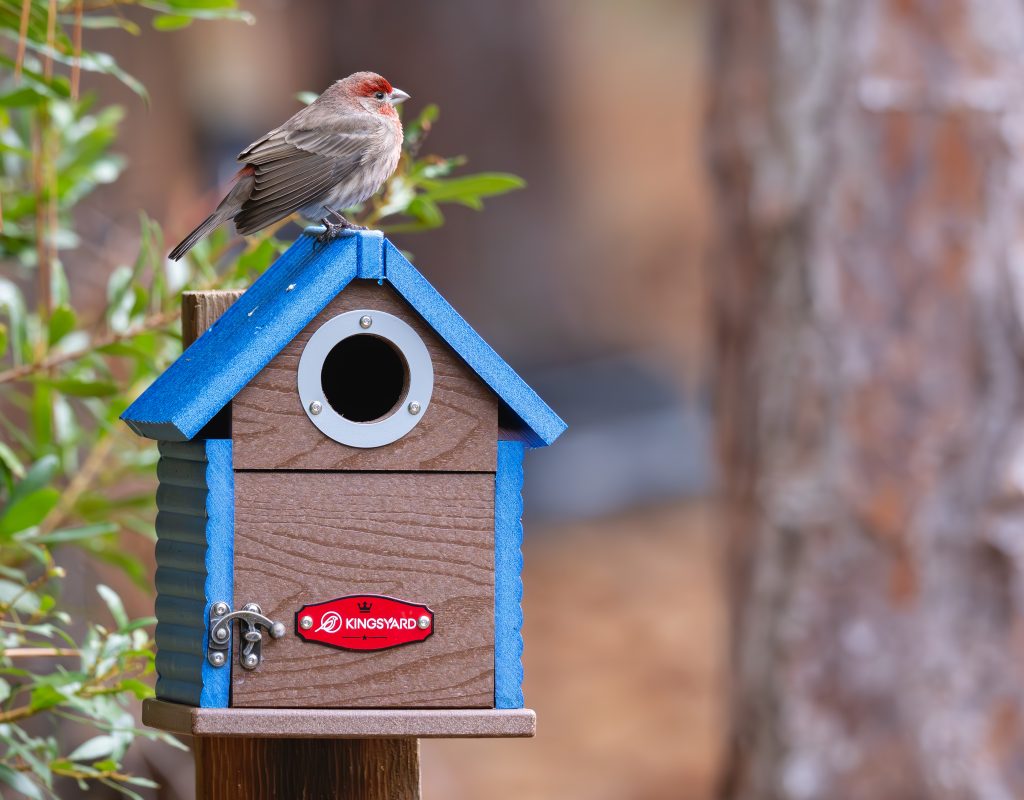
Use Pole Baffles: As mentioned earlier, baffles are effective at preventing predators like raccoons and squirrels from accessing feeders mounted on poles.
Elevate Ground Feeders: If using ground feeders, place them in open areas where birds have a clear view of their surroundings, giving them time to react if a predator approaches.
4. Weather Considerations
Weather can greatly affect the effectiveness of your feeders. Rain, snow, and wind can all impact how accessible and appealing your feeders are to birds.
Wind Protection: Place feeders in areas sheltered from strong winds, such as the lee side of a house or near large trees. This helps prevent seed from being blown out and makes it easier for birds to feed.
Sun and Shade Balance: Birds often prefer to feed in sunny spots, especially in colder weather. However, in hot climates, shade can help keep seed fresh and nectar from spoiling too quickly. Try to position feeders where they get a balance of sun and shade throughout the day.
Rain and Snow Shelters: Use feeders with built-in covers or place them under a roofed area, such as a porch overhang, to keep seed dry during rain or snow. Wet seed can spoil quickly and is less appealing to birds.
5. Proximity to Water Sources
Birds need water for drinking and bathing, so placing feeders near a birdbath or other water source can increase their appeal.
Birdbaths: Position feeders within sight of a birdbath. This encourages birds to linger in your yard, as they can easily move between feeding and bathing.
Running Water: Birds are particularly attracted to the sound of running water. Consider adding a fountain or dripper to your birdbath to make it even more enticing.
Maintenance and Hygiene Tips
Maintaining clean and well-stocked feeders is essential for attracting birds and keeping them healthy.
1. Regular Cleaning
Dirty feeders can harbor mold, bacteria, and other pathogens that can harm birds. Follow these cleaning tips:
Clean Feeder Weekly: Disassemble your feeders and wash them with warm, soapy water at least once a week. Rinse thoroughly and allow them to dry completely before refilling.
Disinfect Periodically: Once a month, disinfect feeders by soaking them in a solution of one part bleach to nine parts water for 10 minutes. Rinse thoroughly and dry before use.
Monitor for Mold: After rainy or humid weather, check feeders for moldy seed or suet. Mold can make birds sick, so remove any spoiled food immediately.
2. Keep the Area Clean
Spilled seed can attract unwanted pests and create unsanitary conditions.
Clean Up Spills: Regularly sweep or rake the area under feeders to remove fallen seeds and shells. This prevents the buildup of waste, which can attract rodents and spread disease.
Consider Seed Catchers: Use seed trays or catchers beneath feeders to collect spilled seeds. This reduces waste and keeps the feeding area cleaner.
Check our Guide on Cleaning Your Feeders
Seasonal Adjustments
Bird feeding is a year-round activity, but you may need to adjust your setup depending on the season.
1. Winter Feeding
Winter is a critical time for bird feeding, as natural food sources are scarce.
Increase Food Supply: Offer more food in winter to support birds during colder months. Use larger feeders or fill feeders more frequently.
Offer High-Energy Foods: Provide high-fat foods like suet and sunflower seeds to help birds maintain their energy levels in the cold.
Prevent Freezing: Use heated birdbaths or place feeders in sunny spots to prevent water and nectar from freezing.
2. Spring and Summer Feeding
During spring and summer, birds are busy nesting and raising young.
Provide Protein: Offer high-protein foods like mealworms to support breeding birds. This is especially important for insectivorous species like bluebirds.
Nectar Feeders: Keep nectar feeders full for hummingbirds and orioles, and change the nectar every few days to prevent fermentation.
Watch for Pests: Warmer weather brings more insects. Monitor feeders for ants, bees, and other pests, and use ant moats or bee guards if necessary.
Conclusion
Setting up and placing bird feeders is a rewarding process that, when done correctly, can attract a diverse array of bird species to your yard. By understanding the different types of feeders, choosing the right height, ensuring stability, and placing feeders strategically, you can create a bird-friendly environment that caters to the needs of your local avian population. Regular maintenance and seasonal adjustments will keep your feeders safe, clean, and attractive to birds year-round.
With the right setup and placement, your yard can become a haven for birds, offering them a reliable food source and the joy of watching them thrive.
Happy bird feeding! If you need top rated bird feeders, check our website!
Ready for a better backyard birding? Shop top rated bird feeders now at kingsyard.com
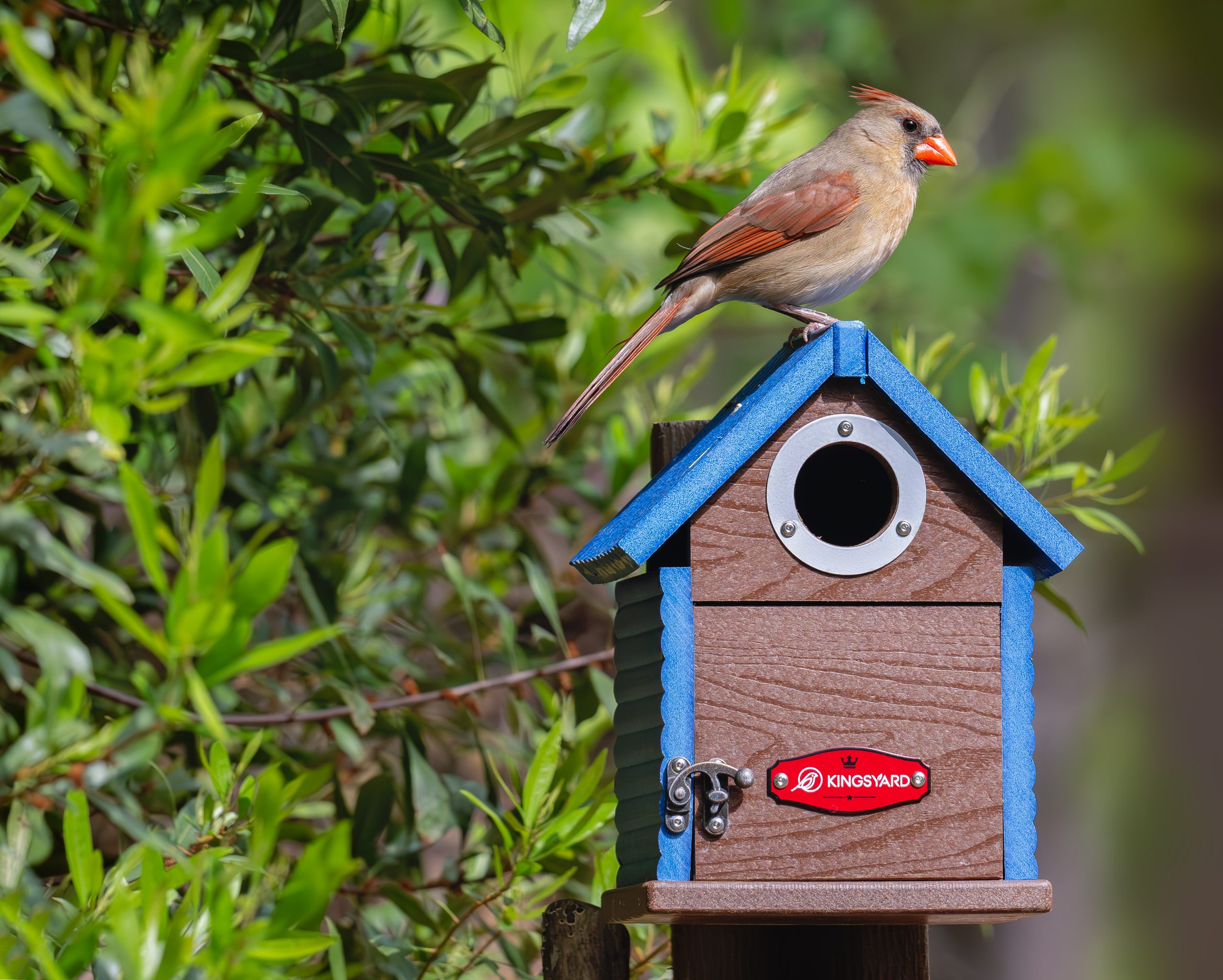
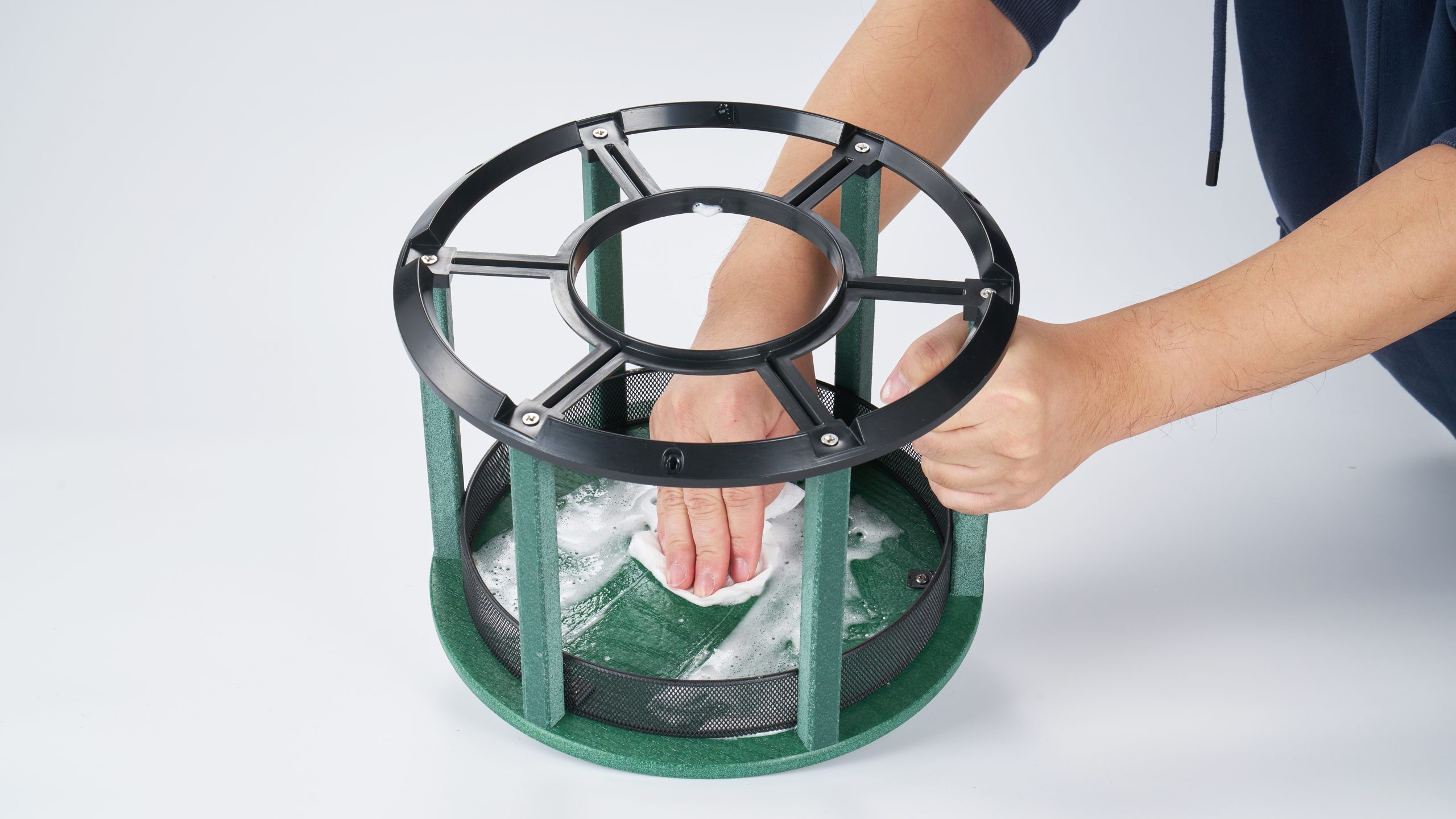

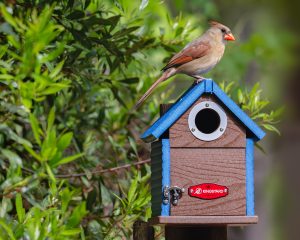
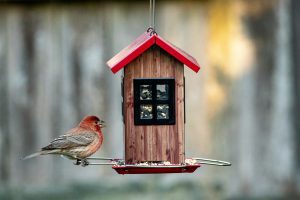

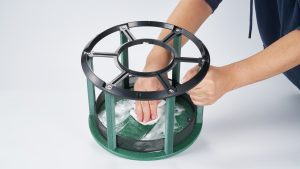
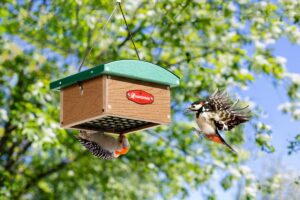
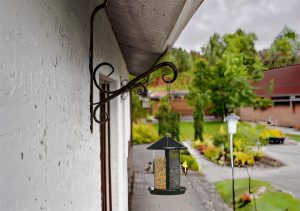
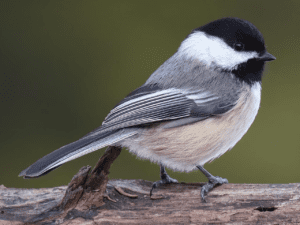
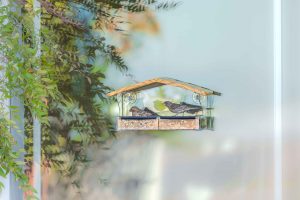
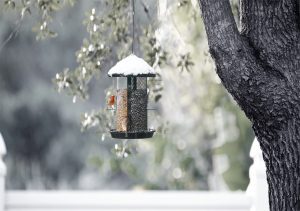

2 comments